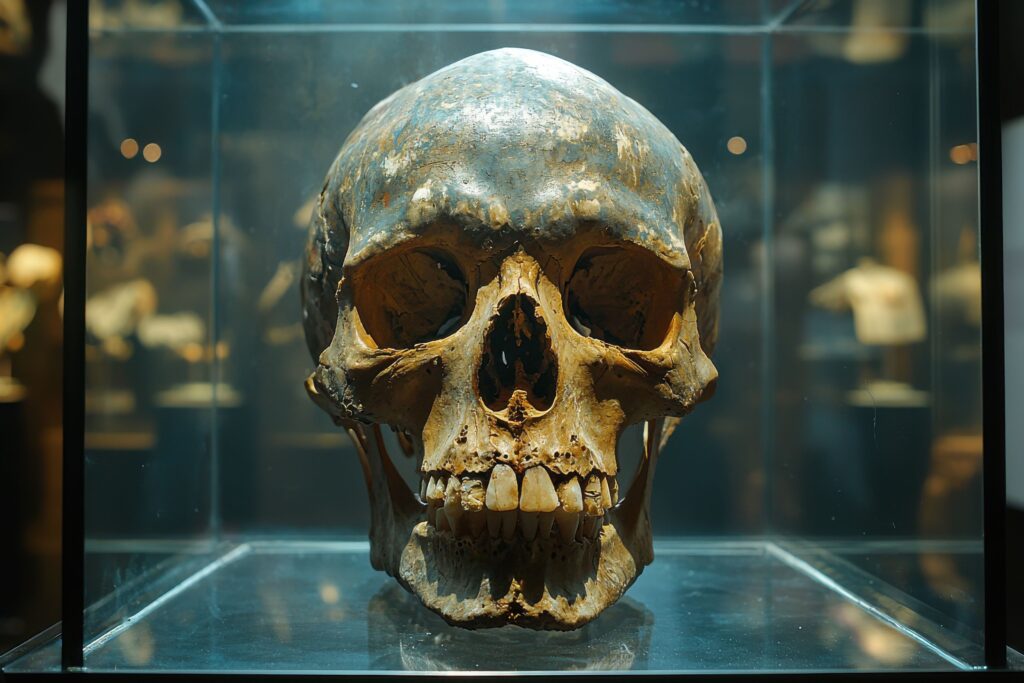
Did you know that scientists learn about our ancestors, in part, by studying their smiles? Often, bones and teeth are the only remnants left behind by people who lived long ago, so researchers use them to learn more about the individuals they belong to.
Historians and archaeologists have been studying human remains, including their teeth, to learn more about the foods people ate, what diseases they contracted, and how they lived their lives. Continue reading to discover 3 things they can detect by analyzing teeth that were left behind!
Detail #1: Dietary Trends
Teeth excavated from different archaeological sites around the world have helped scientists piece together a picture of how our ancestors lived, including what foods they ate. Enamel is the hardest substance in the human body, which is why teeth are so frequently found with human remains. However, it’s not completely invincible, and different patterns of wear and tear reveal how they were used.
For instance, if the pearly whites being studied exhibit normal markings, they’re more likely to have enjoyed a diet that was more meat-oriented, rather than a diet consisting of harder foods like nuts, seeds, and berries. Furthermore, cavities found in certain teeth provide information about the different crops that were consumed, revealing more about whether their culture primarily hunted or farmed.
Detail #2: Age
Although everyone’s mouth is unique, teeth develop in predictable stages at certain points throughout our lives. The size, shape, growth, and placement of chompers in a skull bone help scientists determine more about how long they lived based on dental development.
That means teeth can also be used to help identify personal details, including how old someone was when they died. They can pinpoint with relative accuracy whether someone was a toddler, young child, teenager, or adult simply by examining the pearly whites left behind.
Detail #3: Diseases
In a 2023 study published by a team led by Professor Robert Layfield and research technician Barry Shaw from the School of Life Sciences at the University of Nottingham, it was found that teeth are capable of preserving antibodies, potentially for centuries. This can reveal a history of infectious diseases in humans over time.
During the study, the team examined antibodies extracted from 800-year-old medieval human teeth. The immune system produces these proteins to fight off various illnesses, and can reveal how our ancestors responded to different plagues and pandemics, such as the Black Death.
Amazingly, they discovered that these cells could still recognize the Epstein-Barr virus, which causes glandular fever, indicating that even after hundreds of years, they remain functional. It’s believed that researching antibodies from additional specimens in the future can provide a more detailed picture of how we react to different infections.
As you can see, our teeth record a lot of helpful information that scientists can use to learn more about various human civilizations throughout history.
Meet the Author
Dr. Shelly Strohman has 13+ years of experience helping families in Wichita Falls build and maintain happy, healthy smiles. She earned her Doctor of Dental Surgery at the UMKC School of Dentistry and is a trusted member of several professional organizations, including the American Dental Association. She offers a comprehensive menu of services to help people of all ages with everything from preventive care to more complex treatments. Then, she combines a compassionate approach with state-of-the-art equipment to deliver accurate, long-lasting results. You can request an appointment on the website or call (940) 613-0299.